The question might be one to ask many of the old timers who have followed the Chiefs since they showed up in town back in 1963.
It was such fun, they recall fondly, the hard hitting (some of it in the stands), with so much on the line (a playoff berth, a conference title, a Super Bowl), the tough talk from players (Ben Davidson to any number of Chiefs), the nattily-dressed (Chiefs) and the Goth-look (Raiders), the good (Chiefs) against the bad (Raiders.)

Chiefs-Raiders games were often defined by their physical play
Such an exercise today might seem wholly forced and somewhat superfluous. The rivalry is much less than it once was and likely will not generate any of the week-long hysterics leading up to a "game" that used to drive even part-time fans to the stadium, or to their TV sets to hear what one player from his respective team had to say about another. In the 1970s, the Raiders rivalry with the Steelers, denying Pittsburgh at one point a chance for a third Super Bowl title, may have taken precedence over Chiefs-Raiders.
By then, the thought of a rivalry was all but missing for a majority of current Chiefs player, leading fullback Arnold Morgado, a free agent from Hawaii, to say, "To tell you the truth, I don't feel the rivalry aspect of it." Teammate Mark Bailey chimed in: "Oh, I'm aware of it a little bit because I remember watching some of the better games on TV in the late '60s."
Following a loss to the Raiders in 1977, veteran Willie Lanier sat slumped by his locker still in his uniform. He was approached by just-showered second-year defensive end Whitney Paul who asked him what was wrong. "I don't like to lose to those guys," Lanier said to a surprised Paul. "You haven't been here through the years." Even Raiders head coach John Madden was heard to remark, "I miss the Kansas City [rivalry]. When Hank [Stram] was there it was easy to have one."
As they say, those were the days.
A look back through the years at Chiefs versus Raiders games.
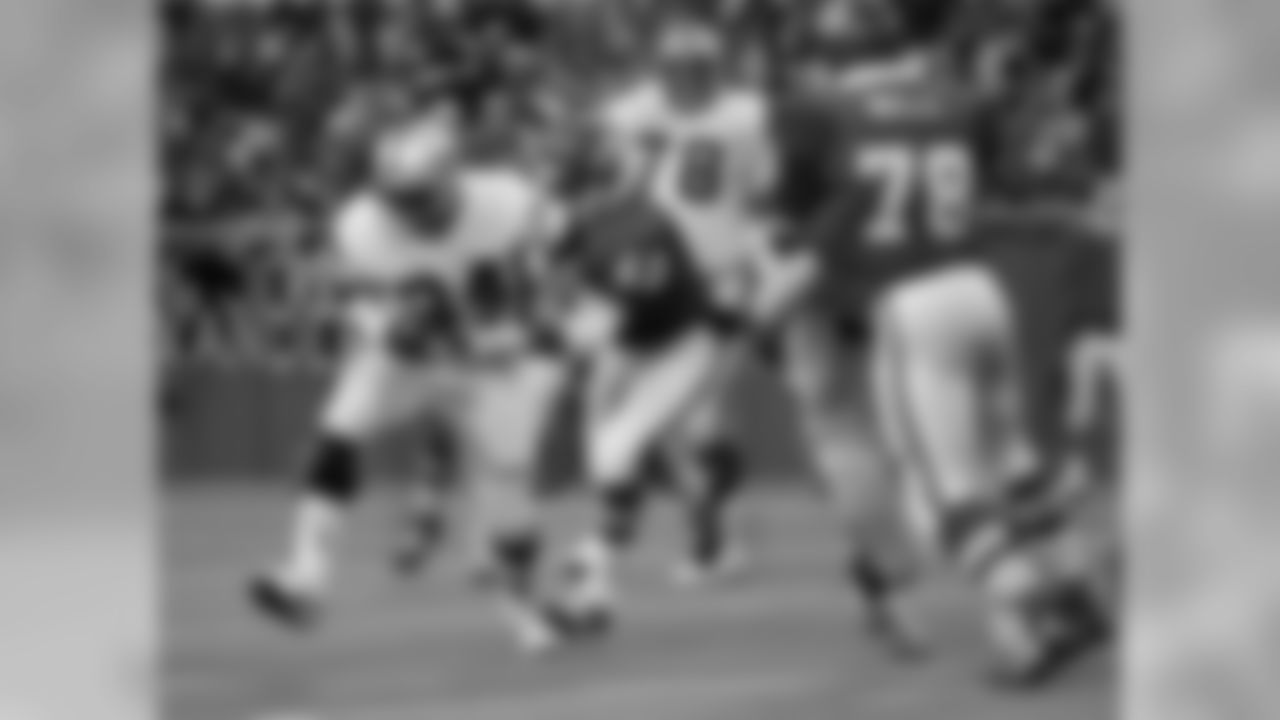
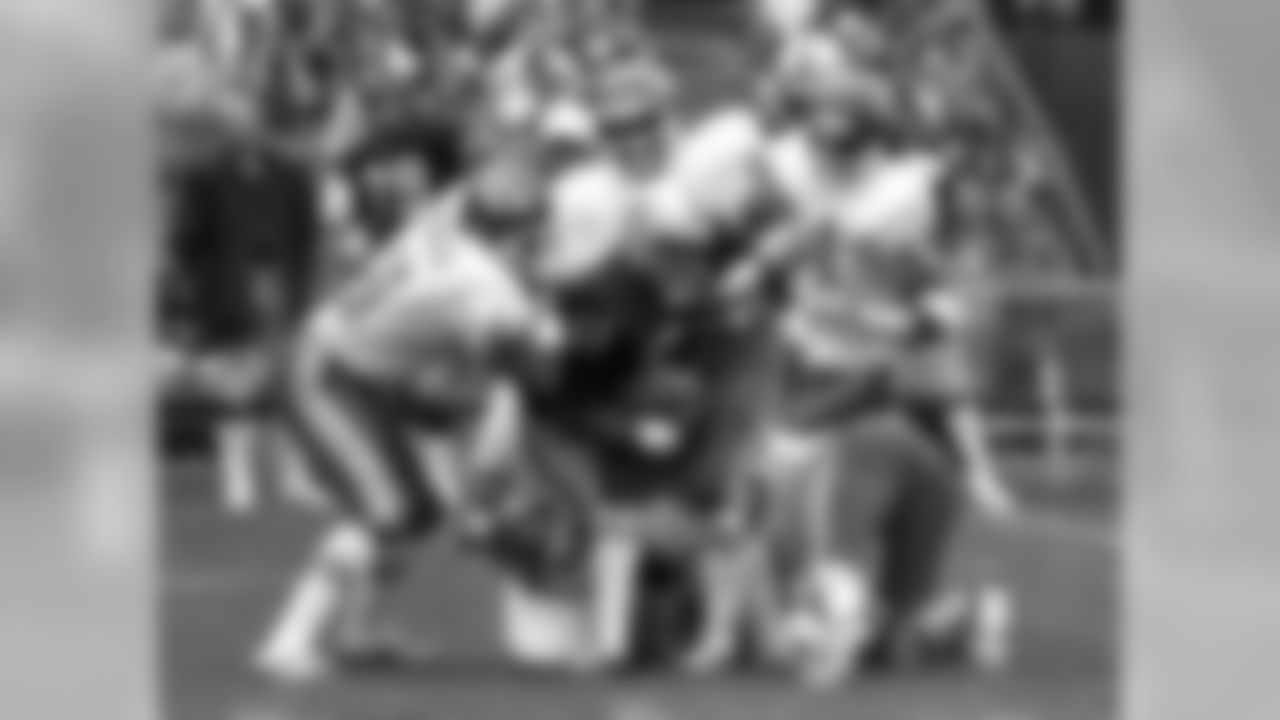



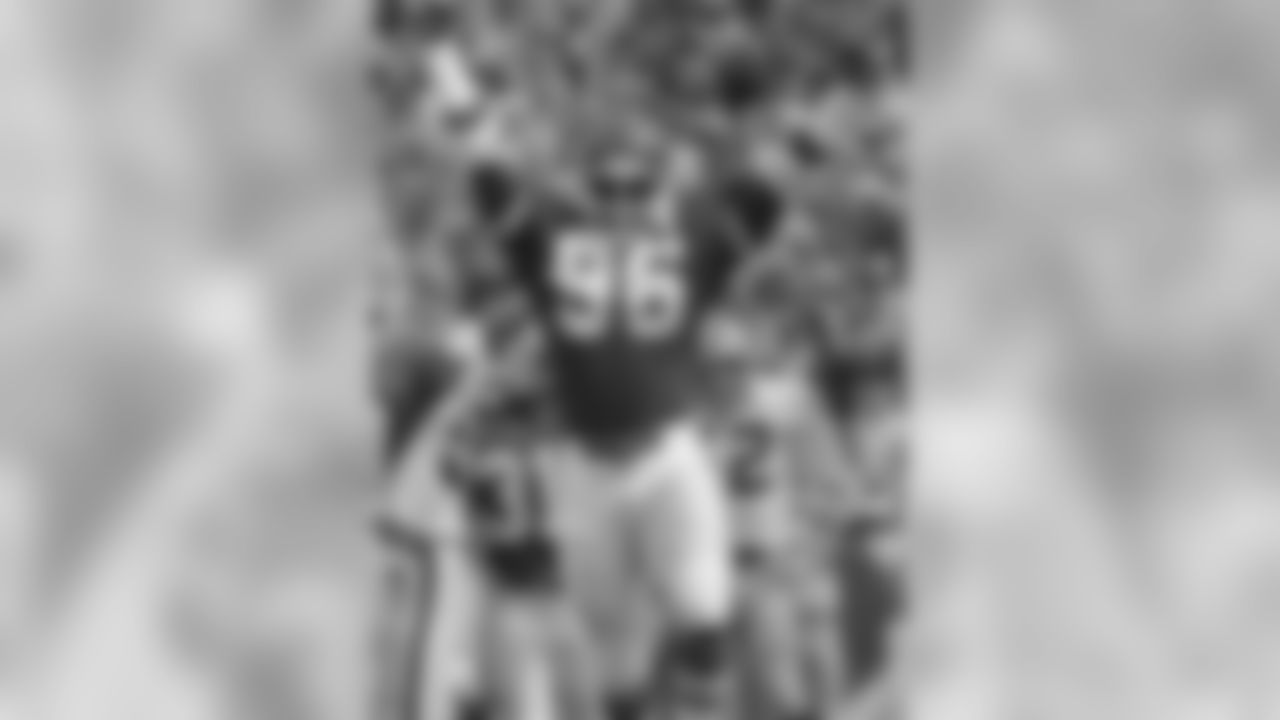


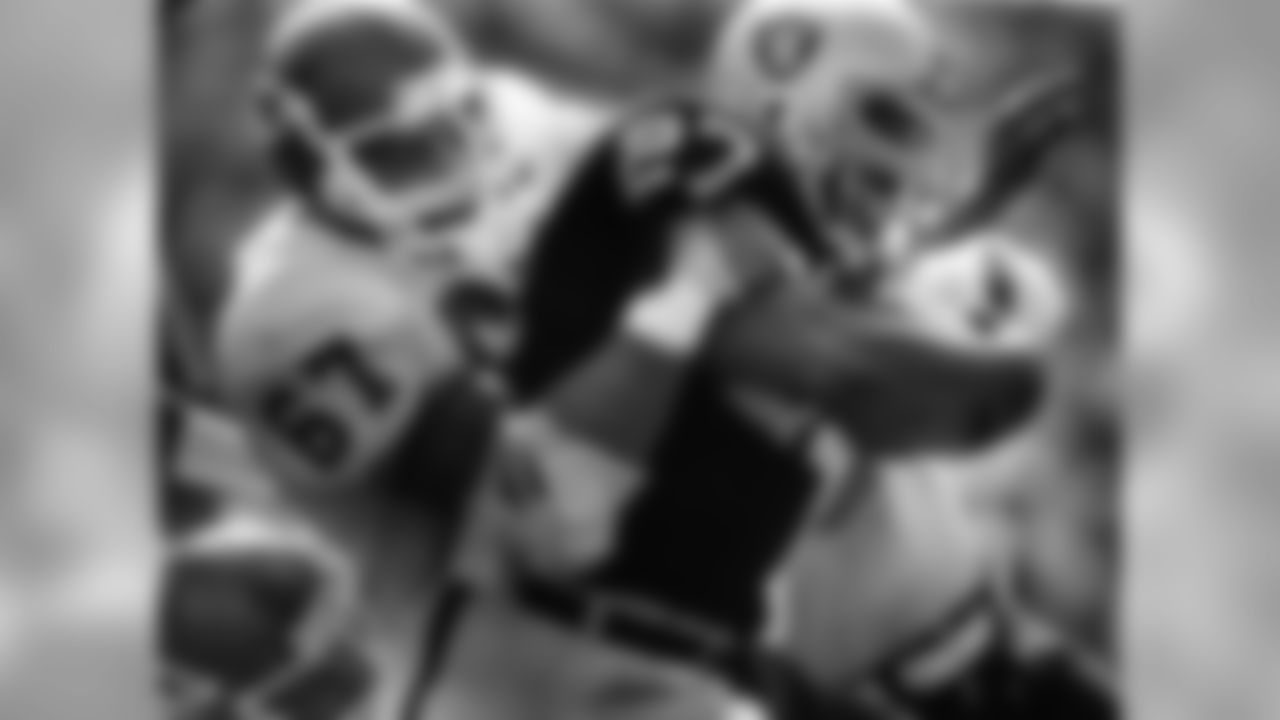
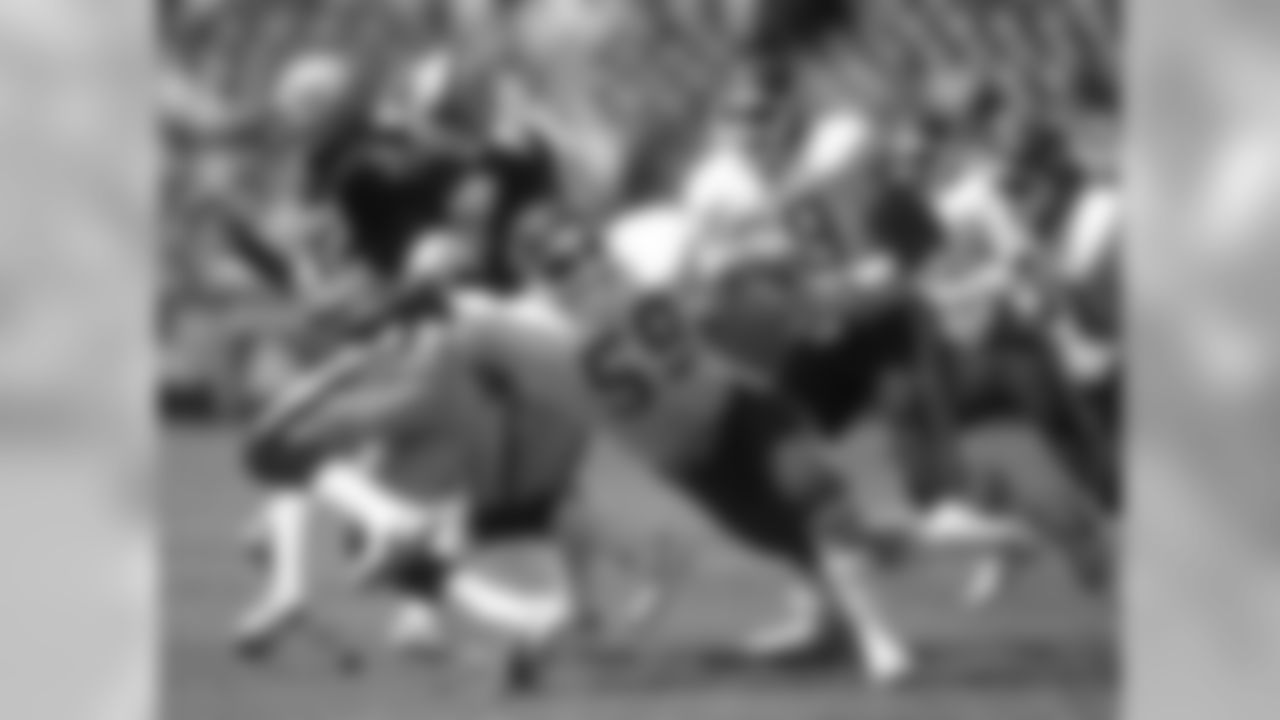
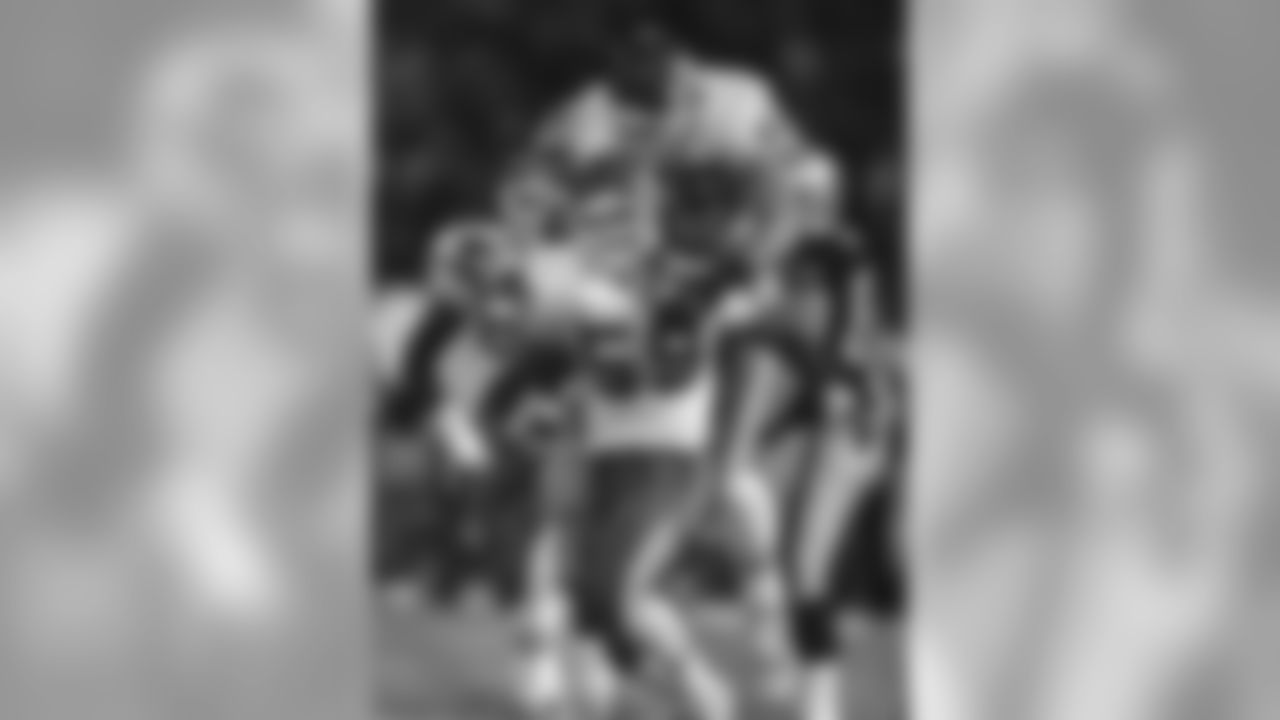
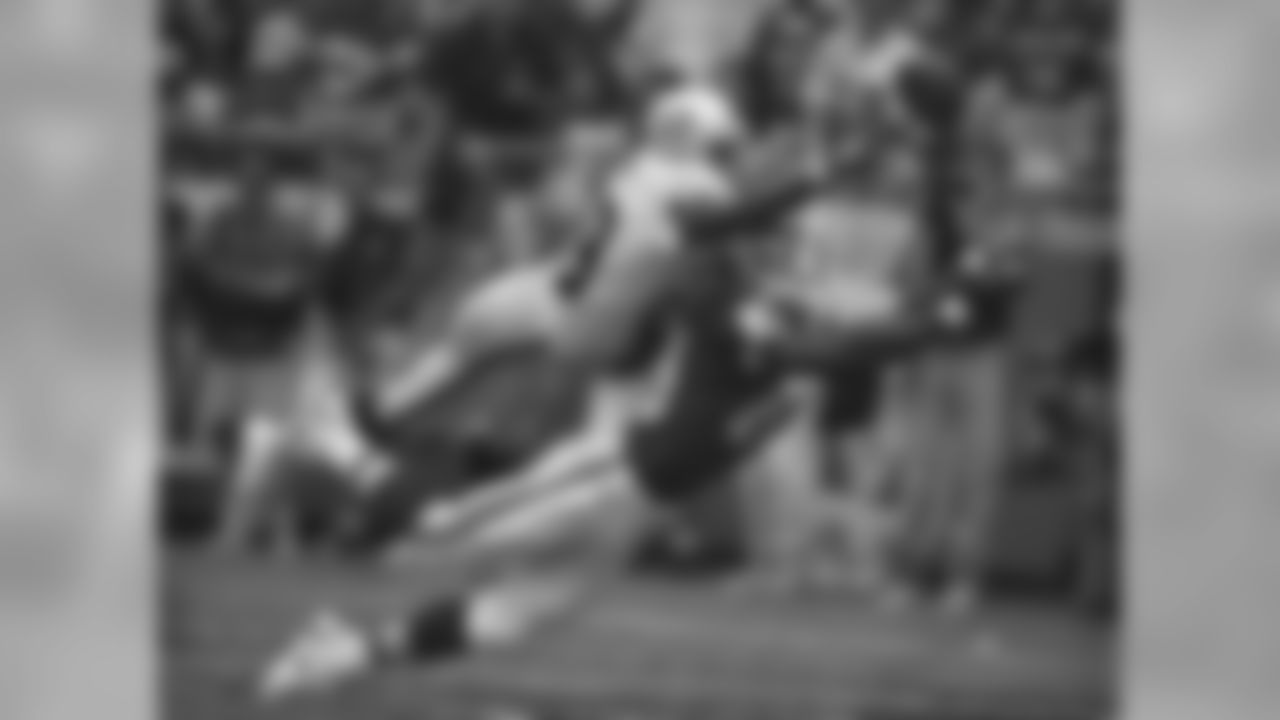
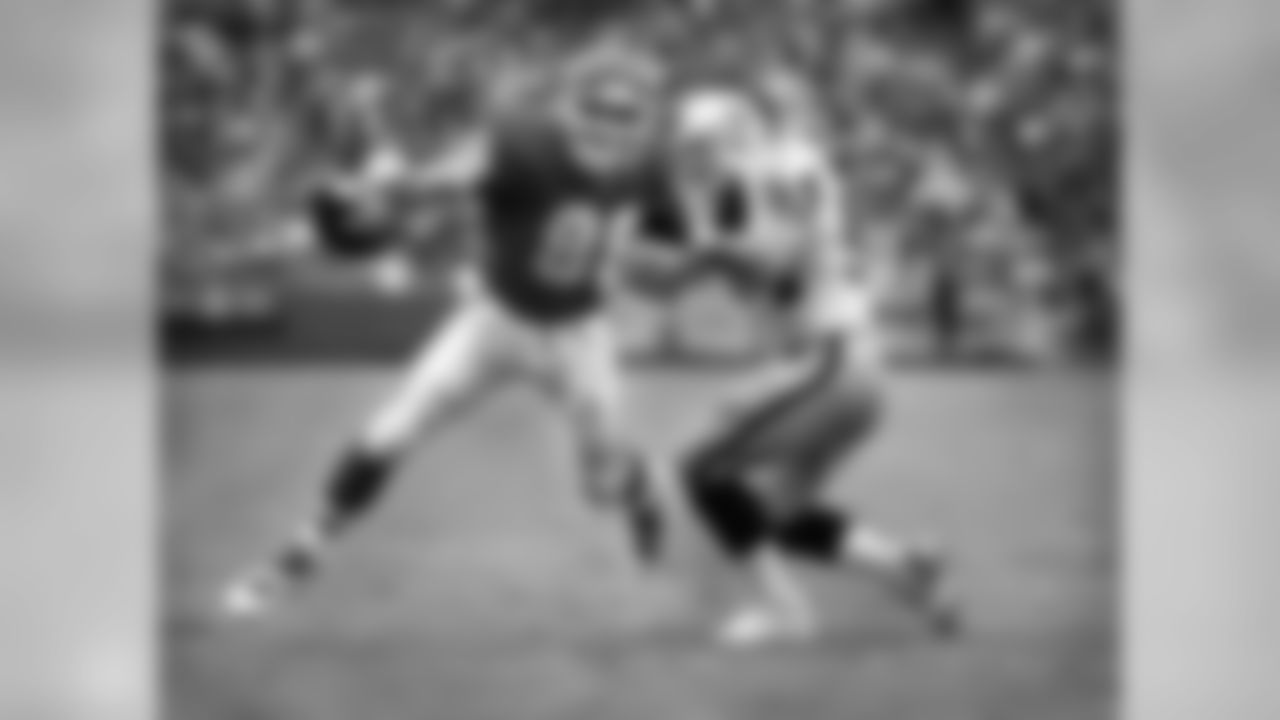

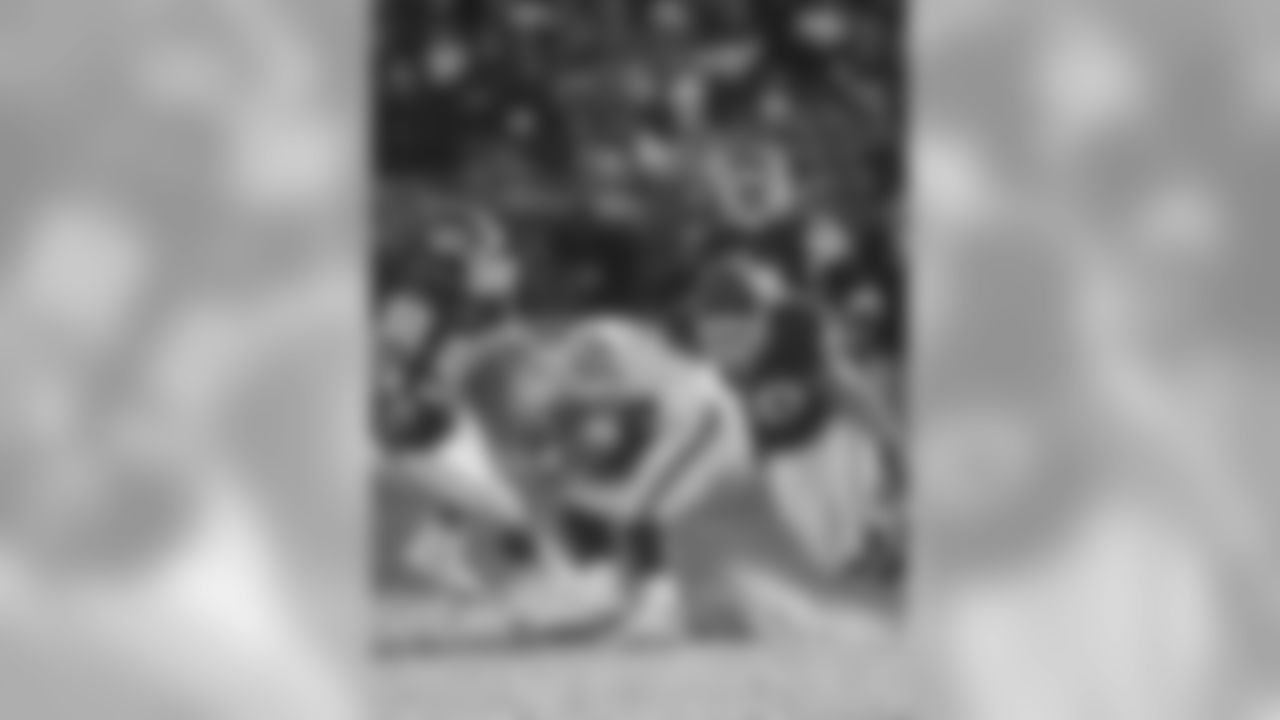

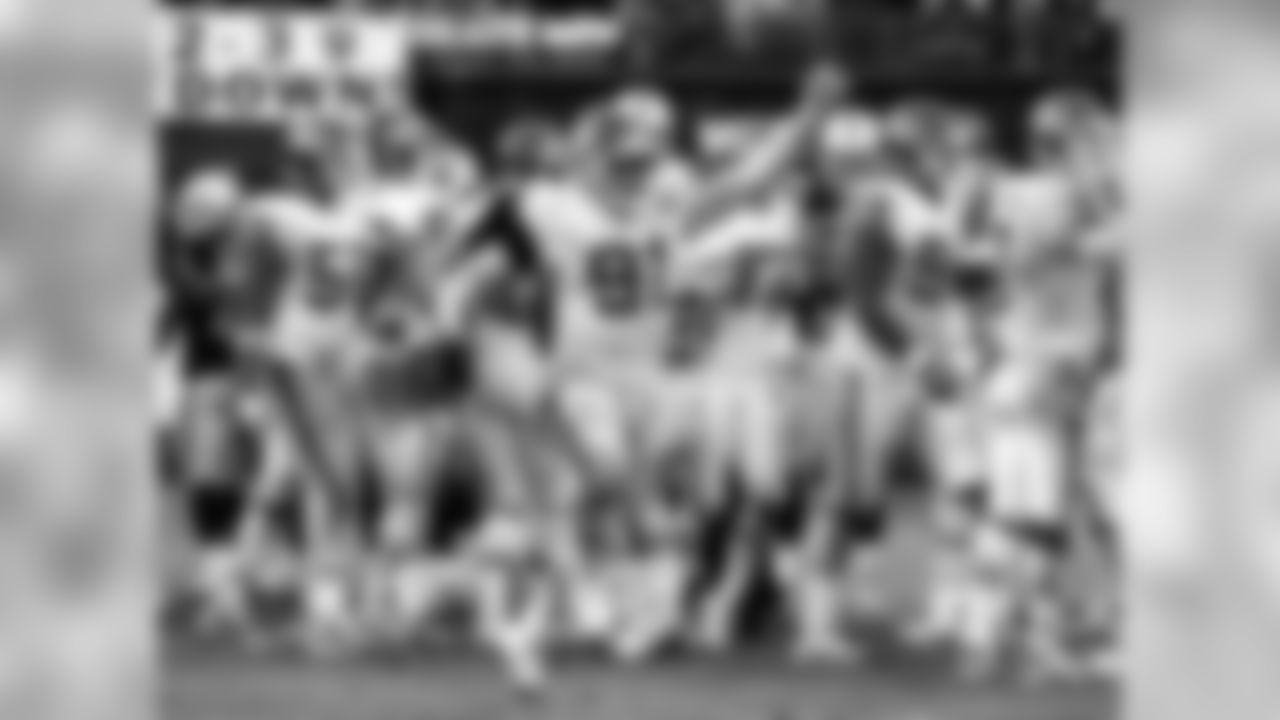






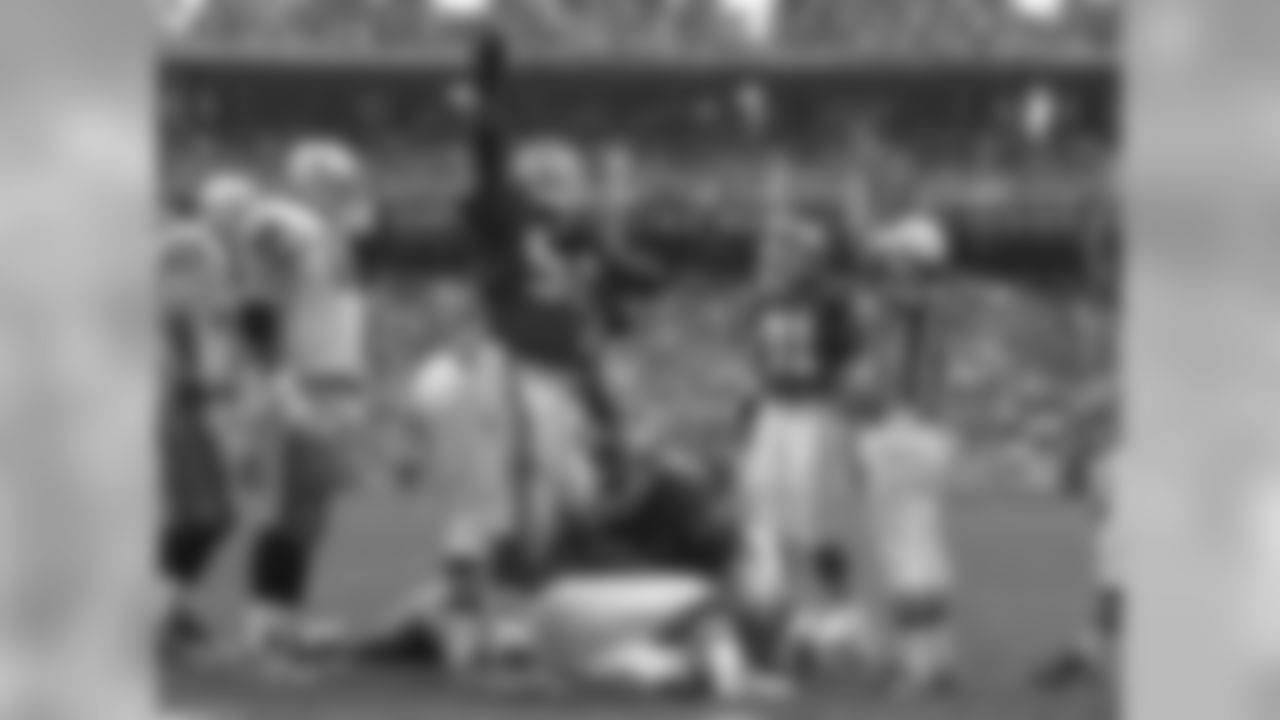

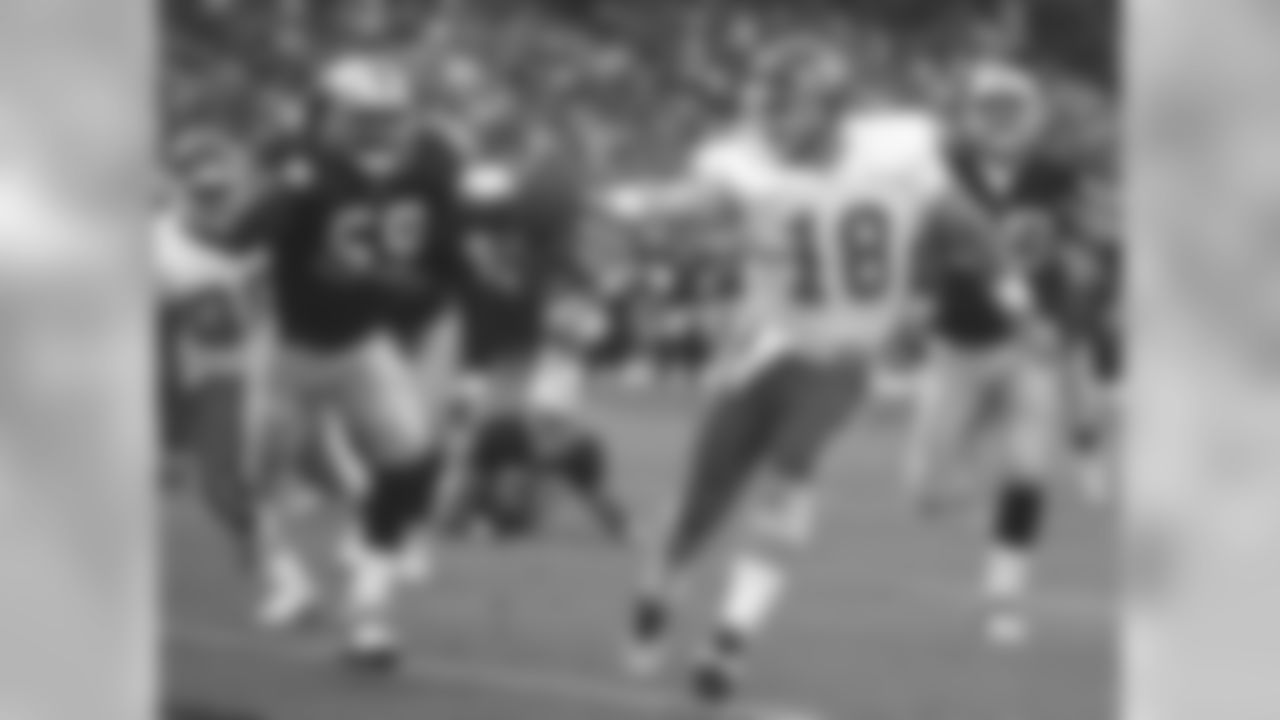
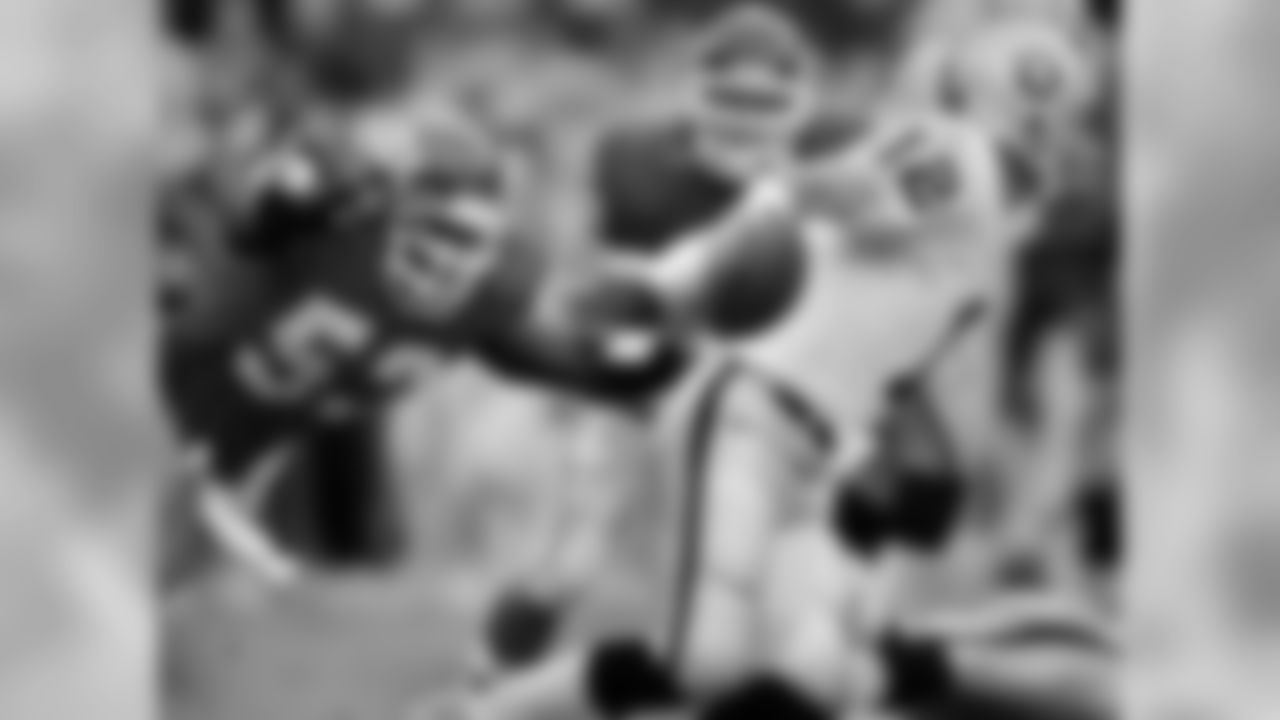
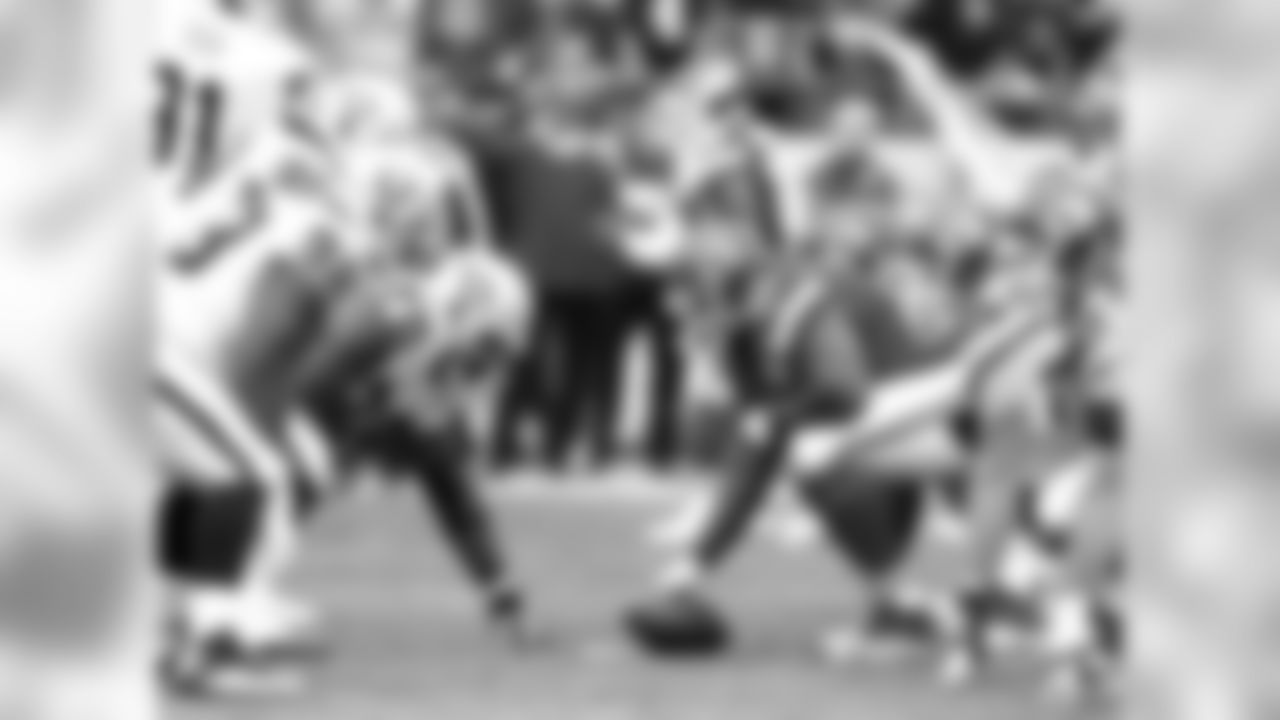
One of the enduring pleasures of Lamar Hunt's negotiations to bring the American Football League into the National Football League was the fact that he brought all the league's teams with him. By all, I mean every AFL team came with him and not just ones the older league would have preferred, as in no franchises from New York or the Bay area, to name two. To the NFL, those cities and locales already had teams and weren't looking for any competition.
But Hunt would have none of it. To bring every team that had scrapped and fought to say part of the AFL in the early days was an important part of the merger. All could now share a place in the spotlight of a growing sports marketplace.
That Hunt was able to keep the AFL Western Division intact as the AFL merged with the NFL was even more pleasing and that connection continues today, although recent events in California may bring that to an end should certain teams agree to share a stadium, as has been reported.
At the outset of Hunt's grand experiment, battling for at least a conference title was sure to spur rivalries and that is exactly what happened in the AFL West, as it did down through the years when the Packers and Bears battled for supremacy of the NFL Central. The original AFL Western Conference was comprised of the Raiders, Chiefs, Broncos and Chargers. All remain members of the AFC West today.
While this idea of Chiefs vs. Raiders as a highlight of any NFL season doesn't carry the cachet it once did, it still percolates among many of the Chiefs and Raiders faithful and has managed to carry on in the minds of the coaches and players who followed Hank Stram and company. As former Chiefs head coach Marty Schottenheimer used to say, "All I needed to say was, 'Men, its Raider week,' and they knew exactly what I meant."

Schottenheimer: "All I had to say was ,'Men, it's Raider week.'"
These early battles took on an extra special importance since their outcomes usually meant a trip to the playoffs or better, a trip to an AFL championship or to a Super Bowl.
Early on, the Texans and then Chiefs dominated the Raiders, who struggled as the league got underway. The arrival of Al Davis in Oakland, however, signaled the end to any Raiders' ineptness. For starters, it was his attitude; he provided what could best be called an "edge," something the earlier Raiders organization lacked. He wanted other teams to fear his team and he threw down the gauntlet almost immediately in front of the Chiefs. It wasn't long before it became clear that Davis and his minions meant business and must be taken seriously. It was "us vs. them," to hear Davis tell it, and the "them" at that time called Kansas City home.
Beginning in 1966, Chiefs-Raiders games took on new meaning and in 1968 the teams needed a playoff to settle the Western Conference championship. Television took stock and the outgrowth of the physical nature of the match-ups brought more national attention. With the Jets representing the largest city in the United States, not to mention the largest media and fan market, receiving their share of the attention the rivalry between Oakland and Kansas City was still the one most AFL fans circled on their schedule to watch.

LB EJ Holub lands a hit on a Raider with Sherrill Headrick in pursuit
Going into the final year of the AFL, Oakland had begun to show its dominance, if only slightly, but the games themselves proved to be the perfect personification of what a rivalry should be. Here's a look:
1966
Oakland opened its new coliseum in 1966 and the two teams met before a crowd of 50,746. Tied 10-10 at the half, the Chiefs had suffered from bad field position due to the punting of Mike Eischeid, but then Aaron Brown picked up a blocked punt and ran it to the Oakland 15-yard line. Len Dawson connected with tight end Fred Arbanas for the go-ahead touchdown and later Mike Garrett, playing in his second game as a pro, broke the game open on a 42-yard scamper and Kansas City took home the win, 32-10, before the disappointed home crowd.
Later that same year, the Chiefs were 4-1 and in first place when the Raiders came to town and defeated them 34-13 before a crowd of 33,057 at Municipal Stadium. Tom Flores, a future Chiefs backup and later Raiders head coach, teamed up with the former Oilers great Billy Cannon, on a 75-yard pass and again with Hewritt Dixon on a 78-yard bomb in a 28-point second quarter to put the game out of reach. The Chiefs didn't score an offensive touchdown, but finally scored on a seven-yard fumble recovery by Bobby Bell.
1967
The early season 1967 win by Oakland paved the way for the club's eventual appearance as the AFL representative in Super Bowl II. Daryl Lamonica threw two touchdown passes and George Blanda kicked three field goals. Dawson and Garrett threw touchdowns and the latter added one on a run. The Chiefs rally was too late on a rainy day in Oakland played before 50,268 attendees.
Later that same year, the Raiders eliminated the Chiefs from title contention with a crushing 44-22 win before 44,020 on Thanksgiving Day at Municipal. Interceptions plagued the locals with Willie Brown running one 25 yards and Warren Powers 33 yards. Oakland finished with a 13-1 record.
1968
The first 1968 match-up is an example of how the game of professional football has changed through the years. Recalling the 44 points the Raiders had put on his team the year before, Hank Stram went to a full-house-T offense and ran the ball 60 plays throwing it only three times. Len Dawson was sacked a single time and the Chiefs kept the ball away from the explosive Raiders offense. By the end of the third quarter it was 24-0 Kansas City before Oakland knew what had happened. Wendell Hayes, Mike Garrett and Robert Holmes ran the ball again, again and again behind the Chief powerful offensive line. Defensively, a Jim Lynch blitz led to an Aaron Brown hit of Daryl Lamonica and a fumble.
The Raiders learned their lesson in time for the second game and quickly turned the tables as Lamonica threw three touchdowns to build a 38-7 lead. What success Kansas City's had that day also came through the air, with Gloster Richardson scoring twice and Frank Pitts once on passes. The final score was 38-21 Oakland.
A tie-breaker was needed to determine the AFL West title and the Raiders were to host it. In their most lopsided performance to date, Lamonica's passing put his team way out in front 28-6. Meanwhile, the Chiefs managed just six points on two field goals from Jan Stenerud.
1969
Without question the most pleasing result of the rivalry came during the 1969 season – the final one for the AFL. The two teams did not meet until the 11th week of the season which heightened fan interest in both cities and throughout the country. The Chiefs were 9-1 at the time of the first game which they hosted and played before a record crowd of 51,982. It turned out to be a closely fought affair but Chiefs turnovers proved to be the difference in the 27-24 loss which propelled Oakland into undisputed first place in the conference. Kansas City managed to turn the ball over seven times – two on fumbles and five interceptions.
The second game was close, too, but in the final game of the season the Chiefs fell 10-6 this time. Oakland finished the regular season of the AFL's existence at 12-1. Kansas City finished 11-3.
The final game of the American Football League ranks as a more entertaining one than the Super Bowl to follow. It ended what had been the Raiders dominance of the recent series that had seen them win seven of the last eight times the teams met.
This game and the following Super Bowl established the Chiefs defense as one of the most dominant in pro football history. Kansas City had dropped the two regular season games to Oakland by a total of seven points. This game was to mirror the last one – a defensive struggle that saw Hank Stram's charges overcome a 7-0 deficit before the half.
Along the way, the defense would record three interceptions, upsetting Lamonica with a devastating pass rush. The defense was called upon in greater degree given the Kansas City offense's three fumbles. Three times the defense forced the Raiders to settle for field goal attempts – all misses by George Blanda.
The Chiefs did not come at their opponent with the ground game they had found so successful in the regular season finale, looking to pass early but with little success. In the third quarter, Len Dawson's third down pass from his own six yard line to Otis Taylor was the key play in a 94-yard drive which ended with a Robert Holmes' touchdown. A Jan Stenerud field goal iced the victory.

Robert Holmes' TD in '69 clinched KC a trip to Super Bowl IV
To add insult to injury, Chiefs players had to smirk as they saw the Raiders heading out of their stadium with their bags packed for the Super Bowl but headed home instead.
The rivalry was to continue, of course, and through the years there were other games that would rival the ones from those fading days of the AFL, but there always seemed to something missing as to their importance. The Chiefs would fall on hard times as the 1960s gave way to the 1970s and into the '80s. For the Raiders it was an up-and-down path as well through much of the 1990s. Still, both teams relish their membership in the NFL but with more than an occasional look back to those early days when the two were the toast of the AFL.













